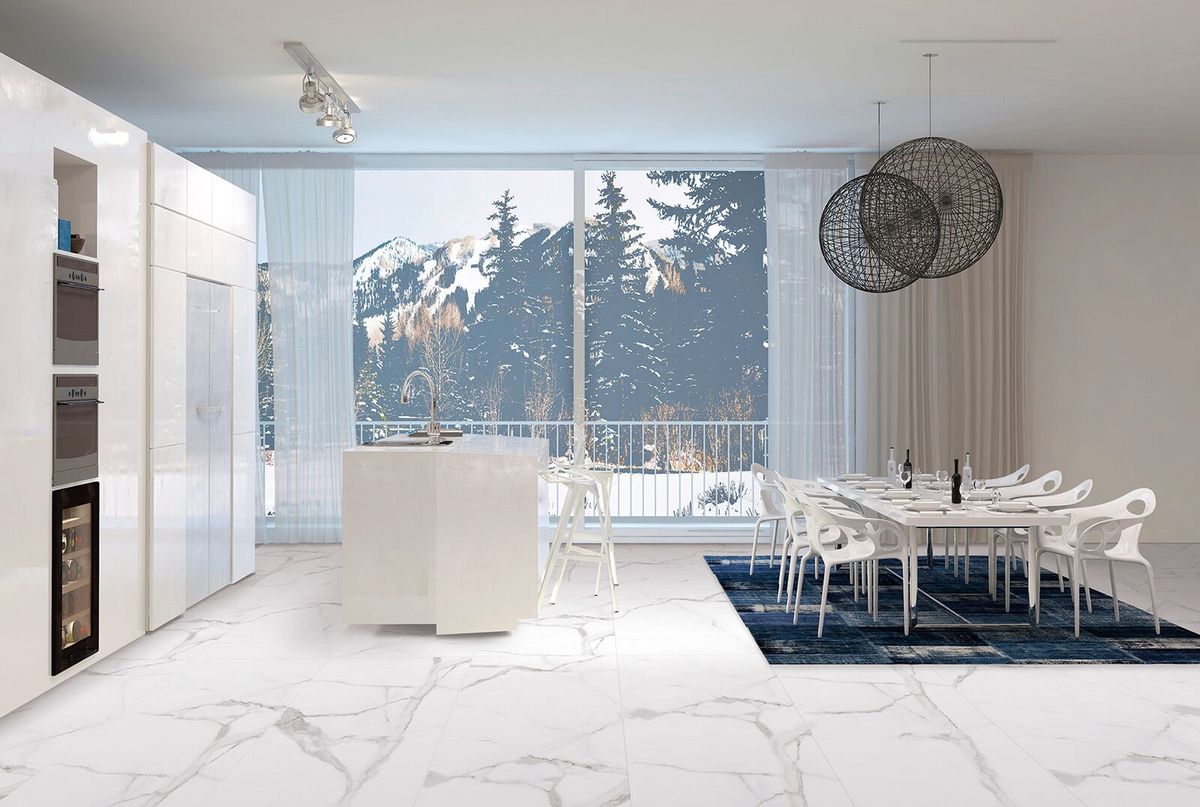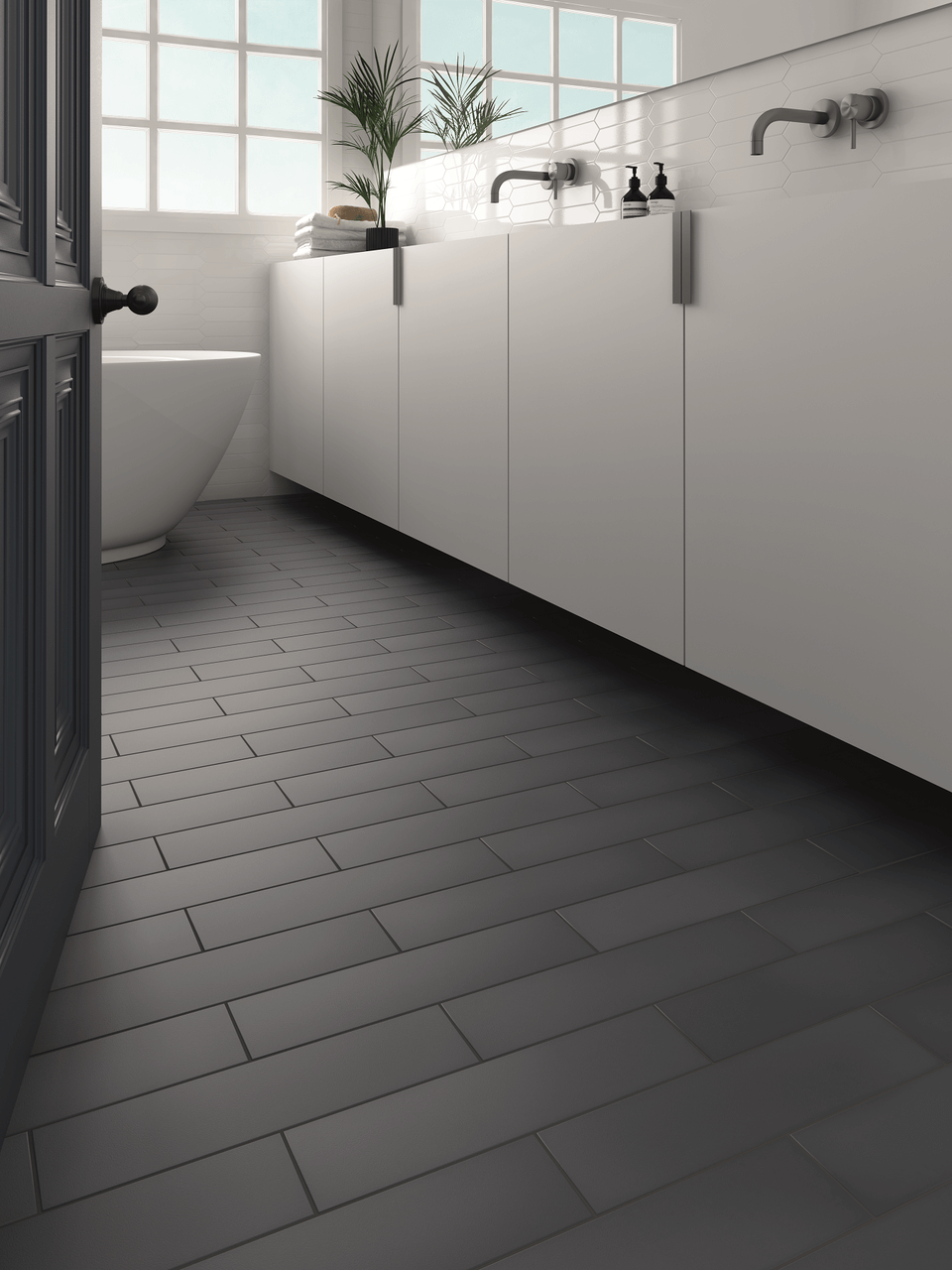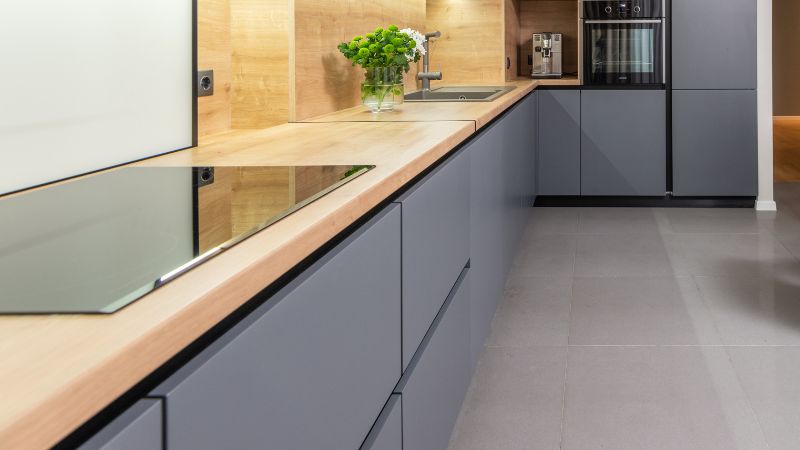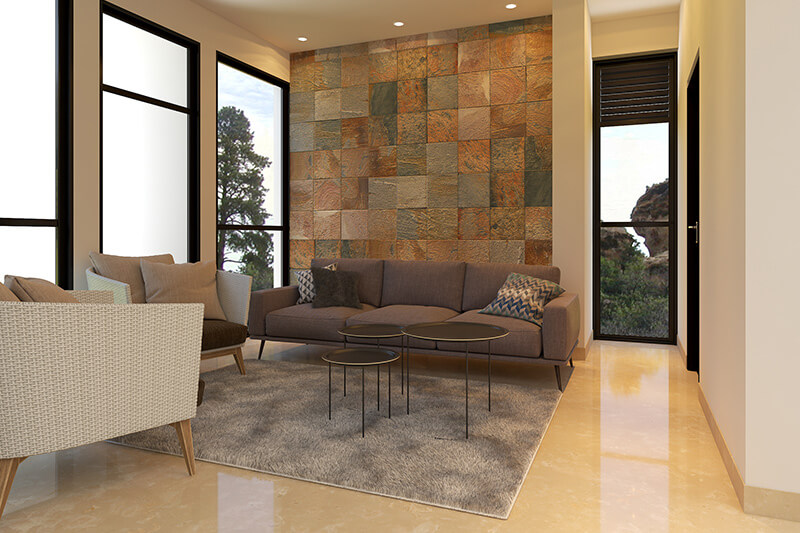
- By: Admin
- Jul 29, 2021
Often when we visit a tiles showroom and inquire about the difference between the floor and wall tiles. However, we get the same answer every time- floor tiles and floors while the wall tiles are for walls. It is not valid, and both the varieties of tiles are entirely different from each other.
Here is the difference between the floor and wall tiles.
Durability to sustain pressure
Have you often experienced the breaking, wearing, and tearing of wall tiles and not the kitchen floor tiles? It is because your floor tiles are more durable, resistant to wear and tear, and has more ability to sustain pressure than the wall tiles. Although the wall tiles are also durable, they cannot maintain pressure similar to the floor tiles.
Manufacturing process
Have you ever glanced at the bathroom or kitchen walls? Often you will find that the walls have a high gloss finish. Do you know why? The manufacturers apply a hardened glaze, which makes them impervious to water. Besides, these glossy tiles are safer on walls than on floors. Wall tiles often contain embellishments, designs, and even inlays that are entirely for decorative purposes, absent in regular floor tiles.

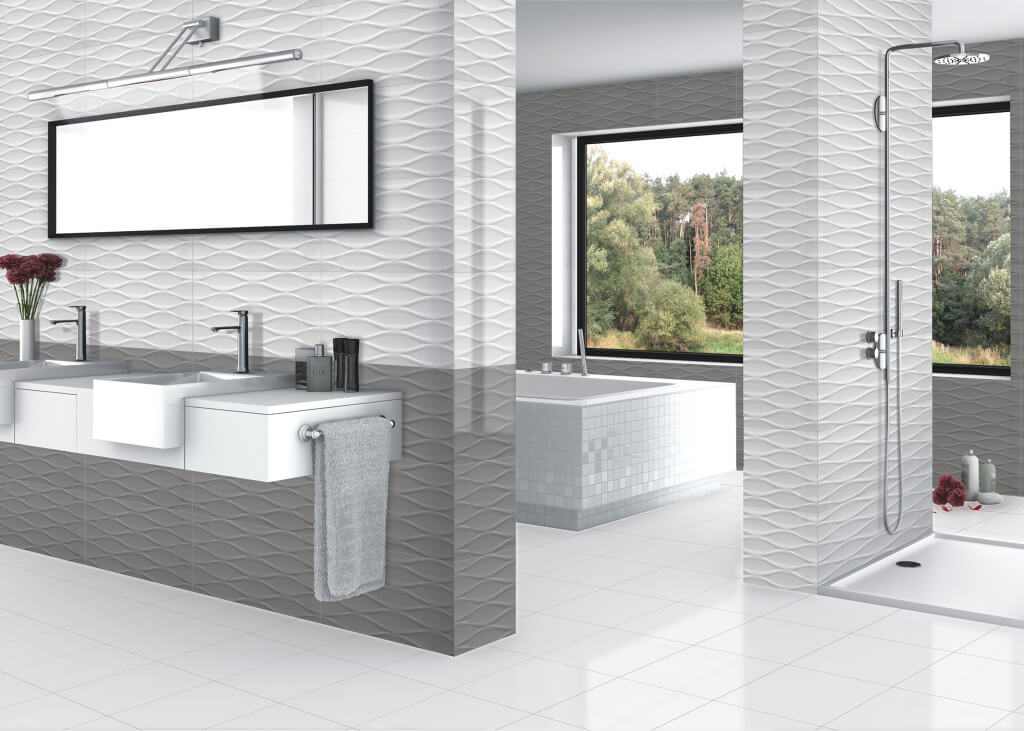
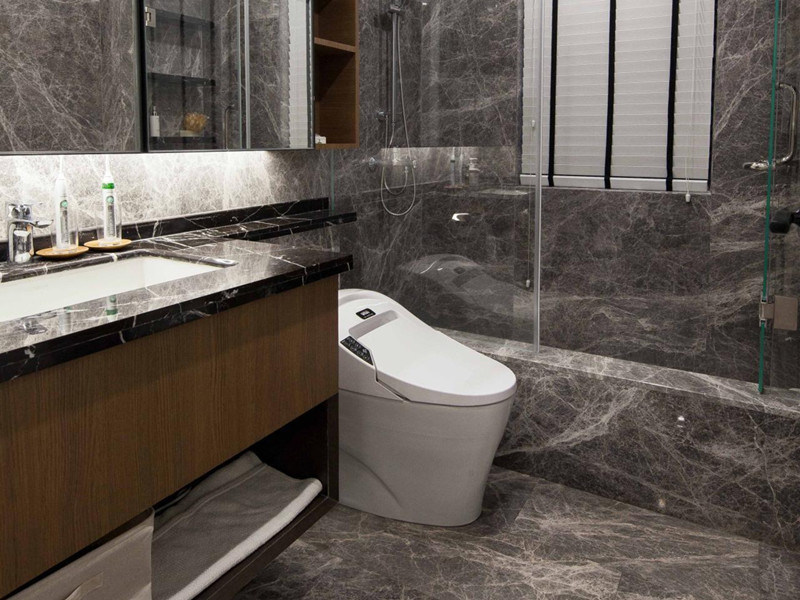
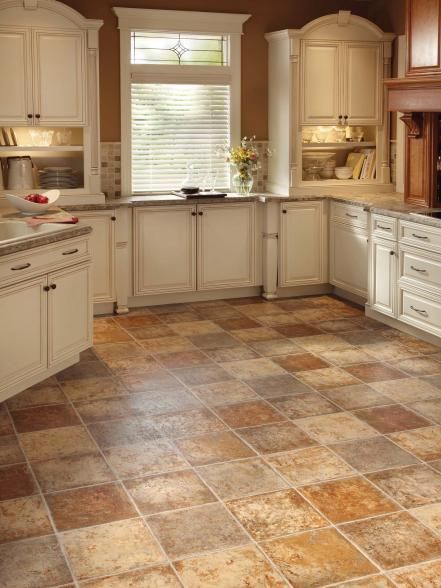
Usage and maintenance
Wall tiles cannot bear and a lot of weight and are hence used exclusively for walls. Moreover, they are also easy to clean and durable. Therefore they are great options for those areas that experience high water and moisture, such as bathroom walls and kitchen sink backsplashes.
On the other hand, floor tiles can withstand tremendous pressure, abrasive and corrosive liquids. Hence, floor tiles are the most suitable in high traffic areas and paving tiles. Wall tiles are smaller and lightweight, as heavy tiles are difficult to install on a vertical surface.
PEI rating scheme
Another significant difference between floor and wall tiles is their standing to the Porcelain Enamel Institute (PEI) rating scheme, which defines hardness and durability. Wall tiles often tend to have to underrate or, at the most, cop a Group 1 rating, as they are ideal for low traffic areas. On the other hand, floor tiles have a higher rating depending on whether they are used in residence or high-traffic commercial areas.
Coefficient of friction (COF)
COF ratings help in defining the type of tile that goes on walls or floorings. Every type of tile, such as ceramic porcelain or even your favorite matt finish tiles has a specific COF rating. Floor tiles must have a minimum level of friction so that people can easily walk on them, referred to as the “Coefficient of friction” or COF. Wall tiles can be as slick as glass, as friction is not an issue since traction is not a concern.
Conclusion
The difference between the floor and wall tiles is critical, as it can break and make the functionality of your space. Ensure that the tiles installed on a floor must have high PEI and COF friction ratings.
